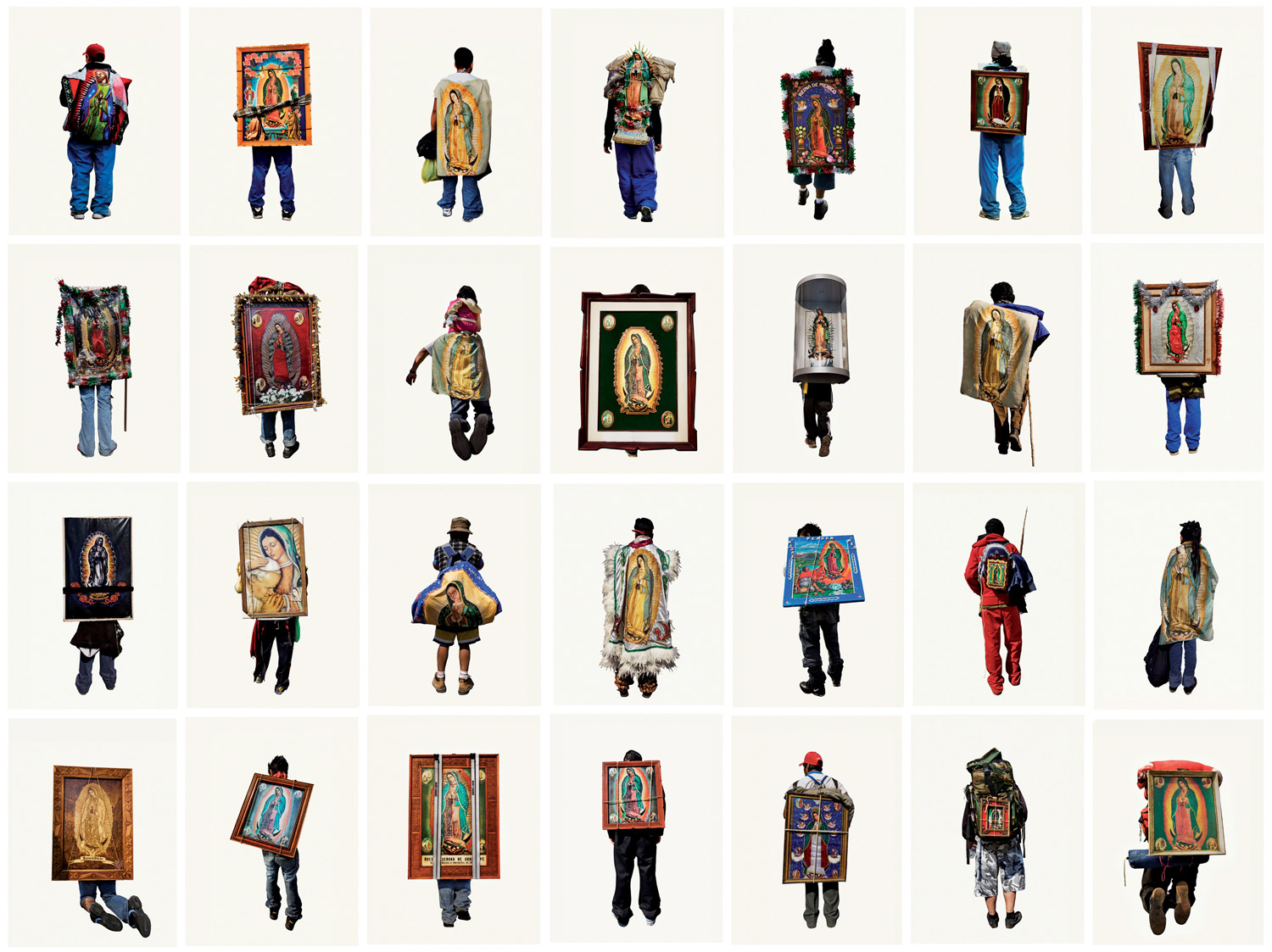
Each year, six million Mexican Catholic pilgrims journey to the Basilica de Guadalupe in Mexico City to pay homage to the Virgin of Guadalupe. In The Road to Tepeyac, Mexican Artist Alinka Echeverria photographs 300 pilgrims bearing treasures of the Virgin to be blessed.
The story of the sacred emblem dates back to the 16th century. According to tradition, Juan Diego, an indigenous peasant had a vision of a young woman; while on a hill in Tepeyac, she tells him to build a church where he stood. When the local bishop asked for proof, the peasant returned with roses the woman sent. When he opened his poncho to show the bishop, the bouquet had been transformed to a picture of the young woman. Today, this emblem is displayed in the Basilica of Guadalupe, one of the most visited Catholic shrines in the world.
A few years ago, Mexican artist Alinka Echeverria travelled to begin documenting the event. In an interview with TIME, she reflected on this experience, ““It is incredible that about six million people walk for up to ten days to reach the Basilica to pay homage to the Virgin on the anniversary of her apparitions and then sleep in the big square in front of the Basilica to sing ‘happy birthday’ to her at 5 am. The event is an incredible mixture of serenity and chaos. For the individual, I think the pilgrimage is a combination of punishment and reward; of gratitude and forgiveness; of promise and hope. For the community, it’s about returning to the origin of something, renewal, rebirth—Guadalupe is the ultimate symbol of the mother; the date is very close to the indigenous celebrations of winter solstice and the new year.”
With an interest and fascination in belief systems and rituals, Alinka’s observations led her to adopt a personal approach—photographing the backs of the pilgrims turned away from the camera—showing us a view of the figure with its precious treasure. She deliberately takes the image out of context by “cutting out” the portrait and placing it on a white background. The newly crafted image allows the audience to focus attention to the individual, outside of realities circumstances, creating a relationship within subject and symbol. Alinka’s work speaks to each individual’s relationship with the Virgin while commenting on how the role of the Virgin continues to be consistent in contemporary visual culture in Mexico transmitted through the idea of an icon.
The Road to Tepeyac was announced in February as the winner of HSBC Prix Pour La Photographie, an annual prize given by the HSBC Cultural Foundation in France. Echeverria’s series will be on view throughout Europe this summer, beginning with a show in Lyon, France at Galerie Le Réverbère, from May 18 to July 23, 2011.
Additional works by Echeverria can be viewed on her website at alinkaecheverria.com.
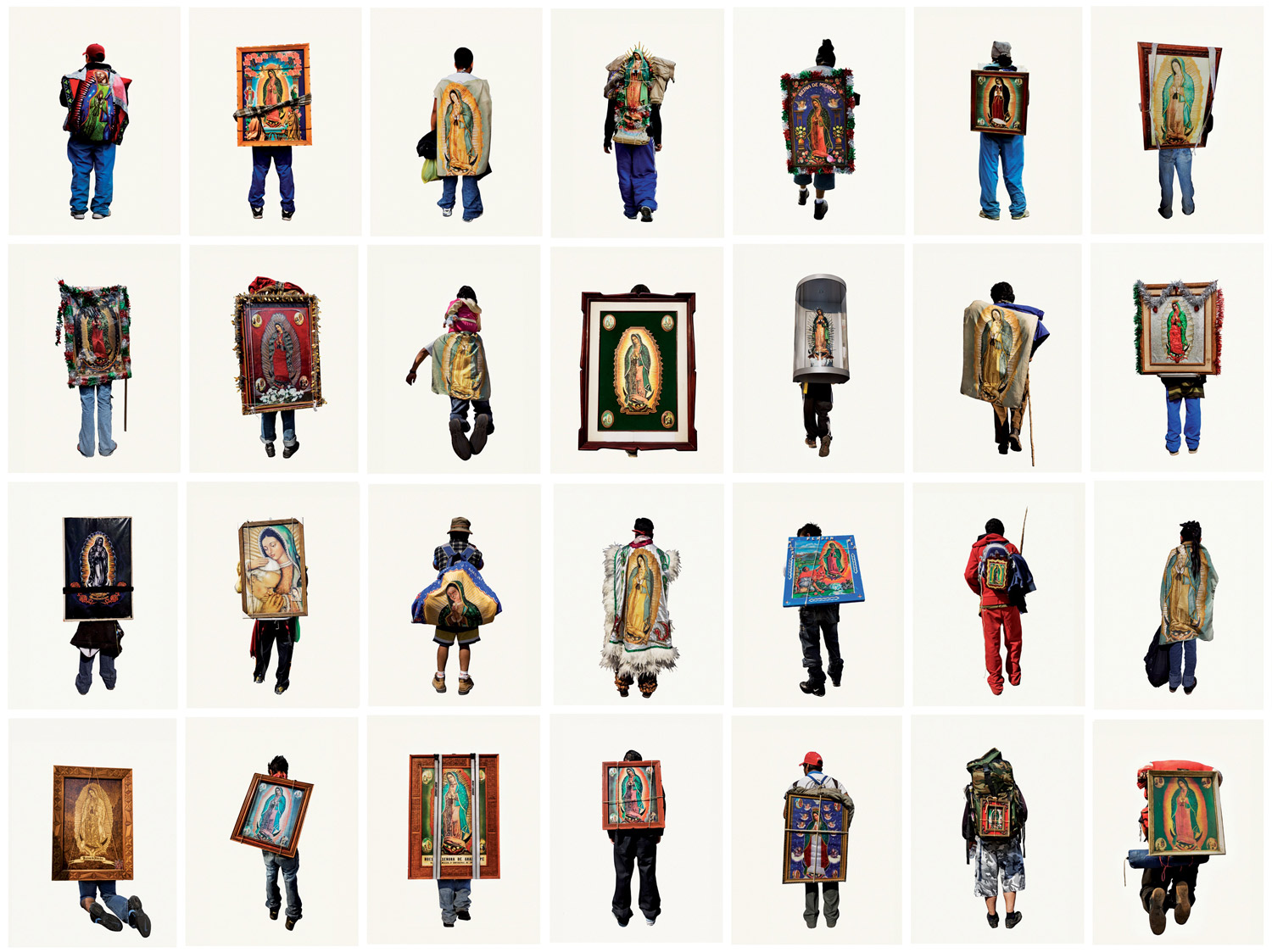

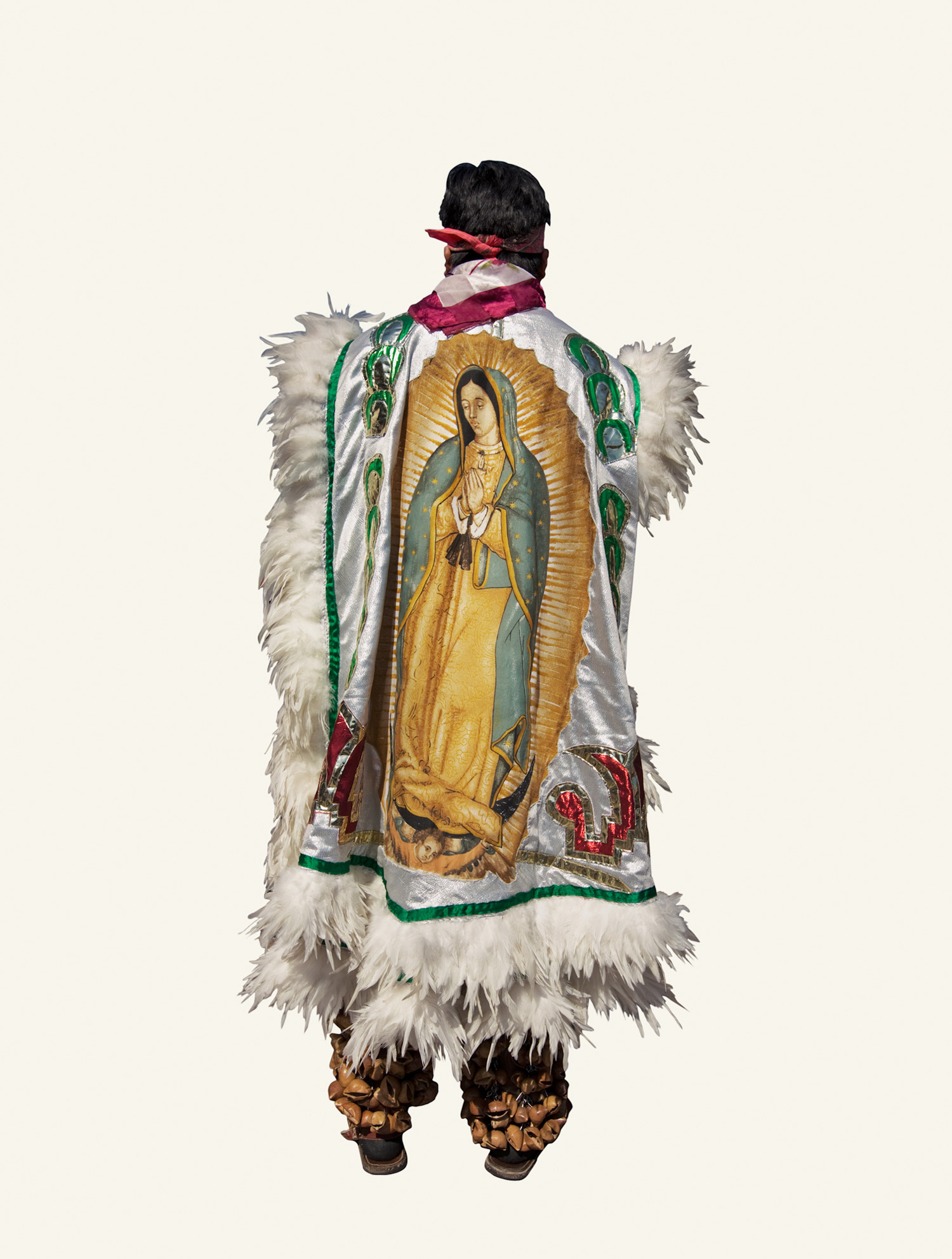

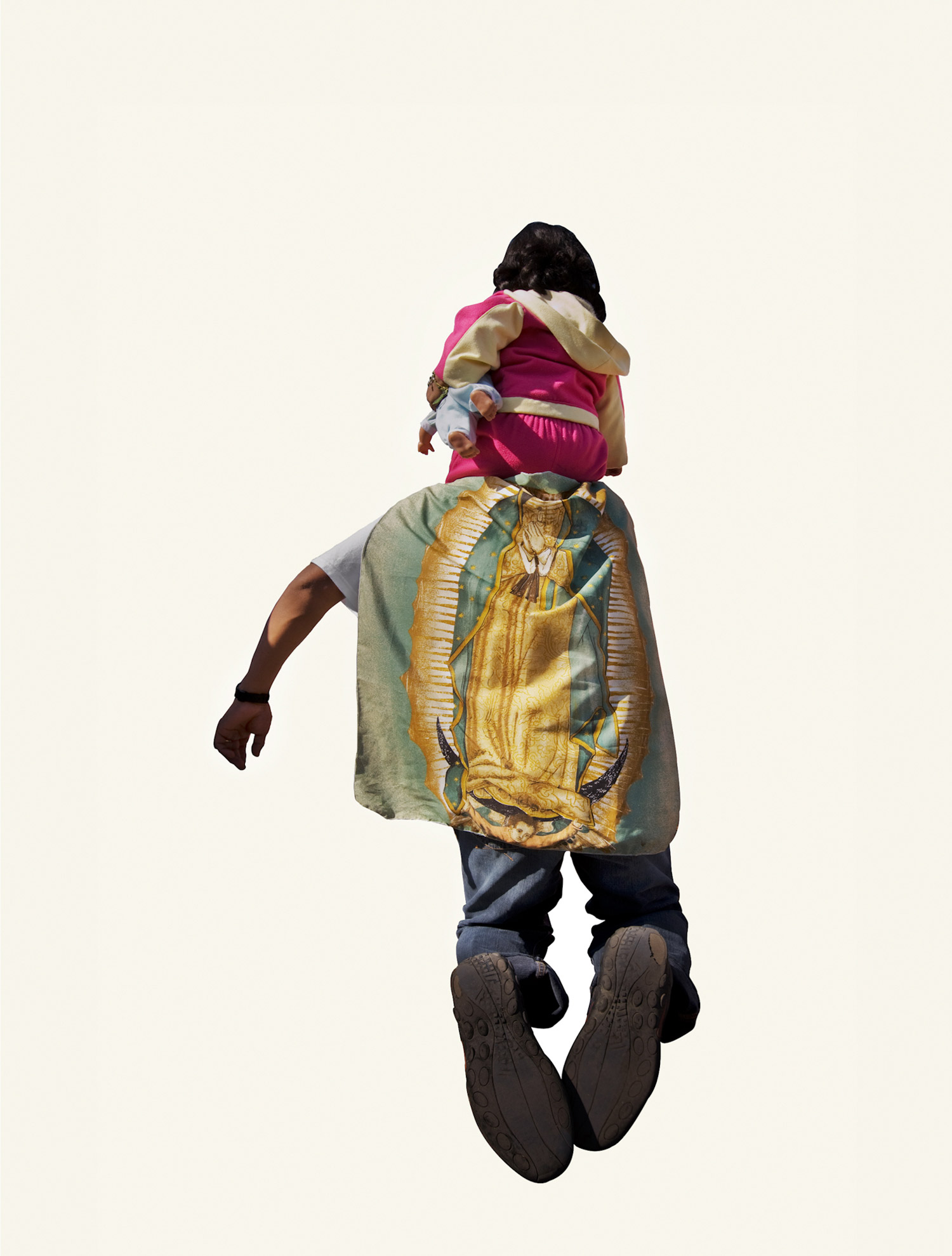

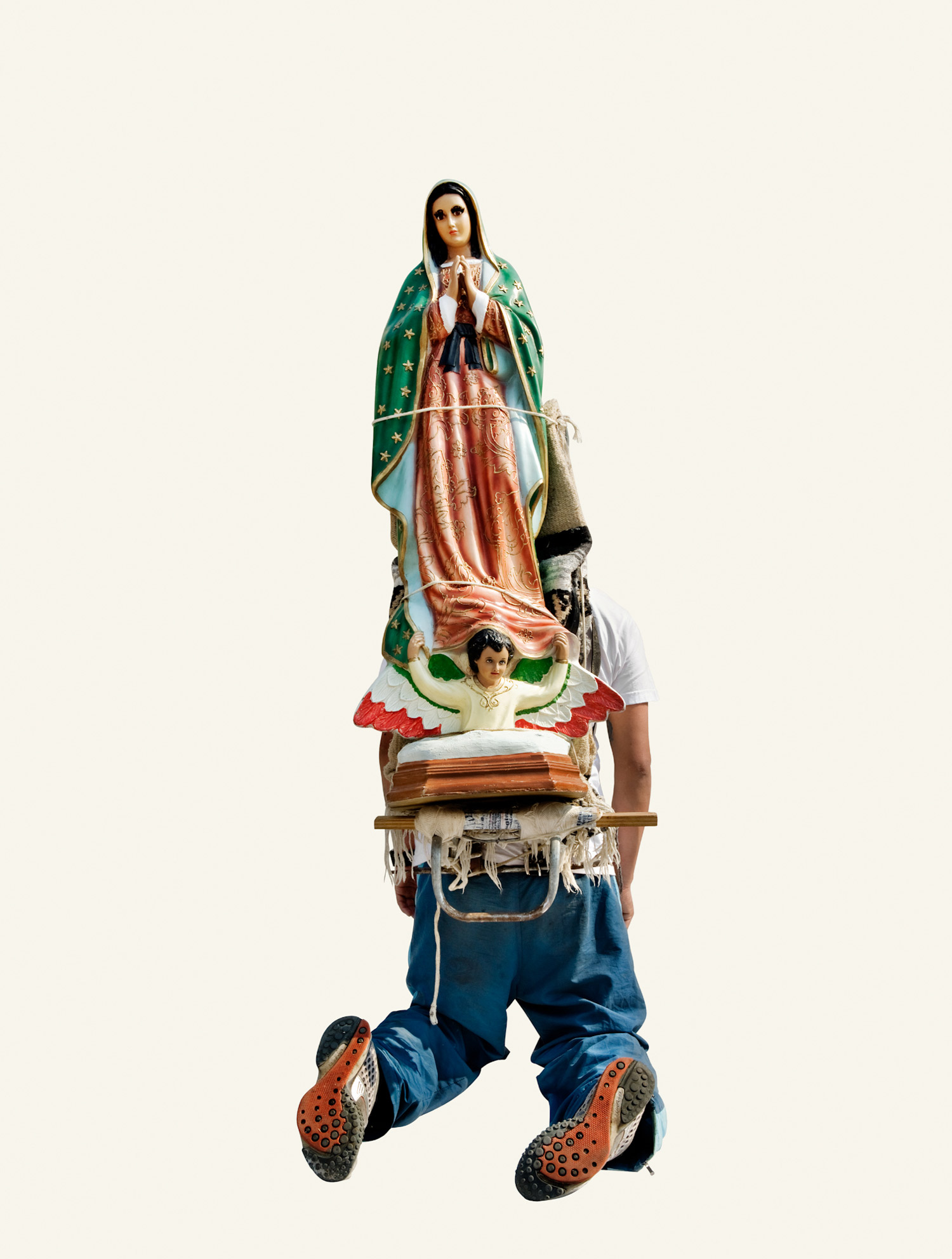

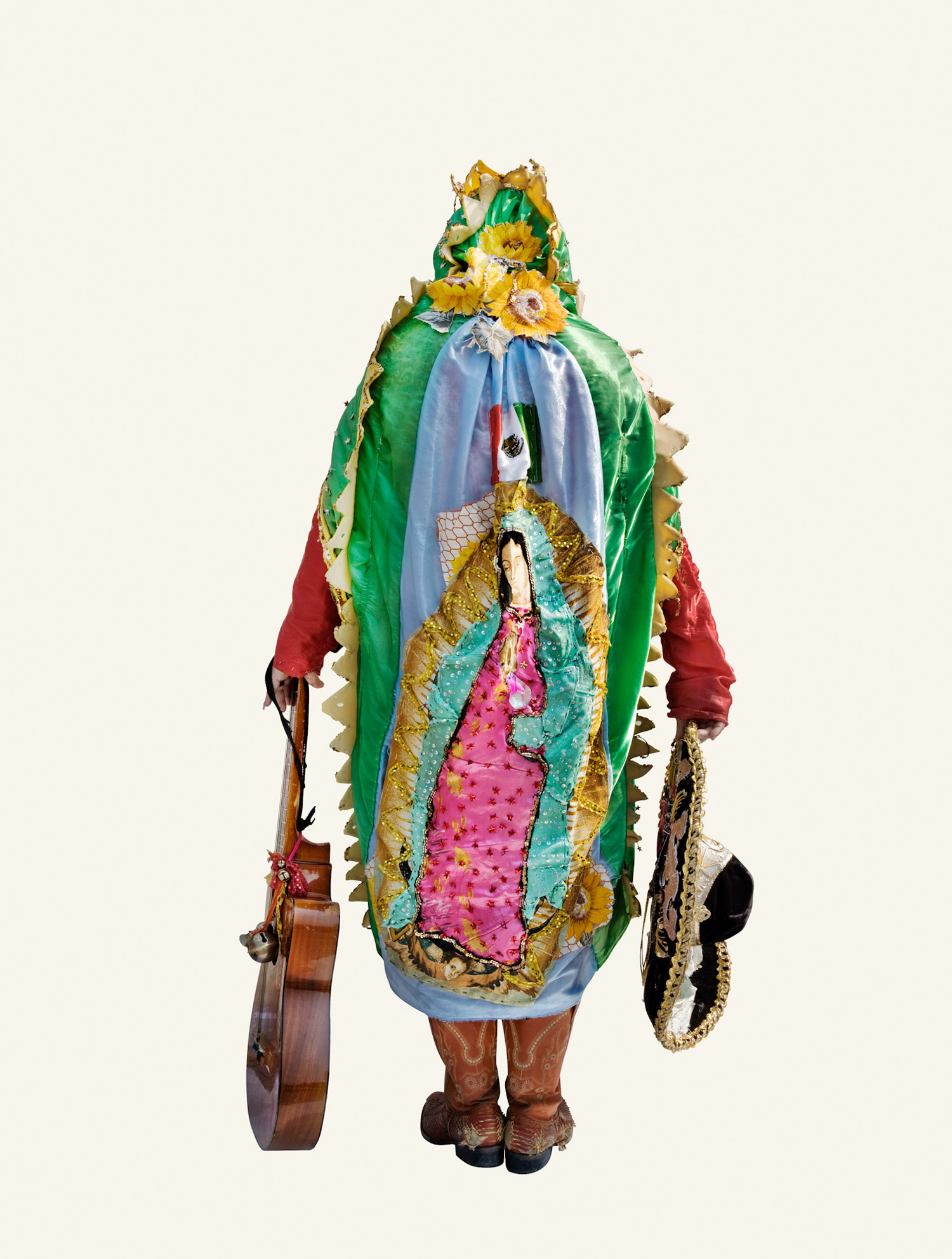
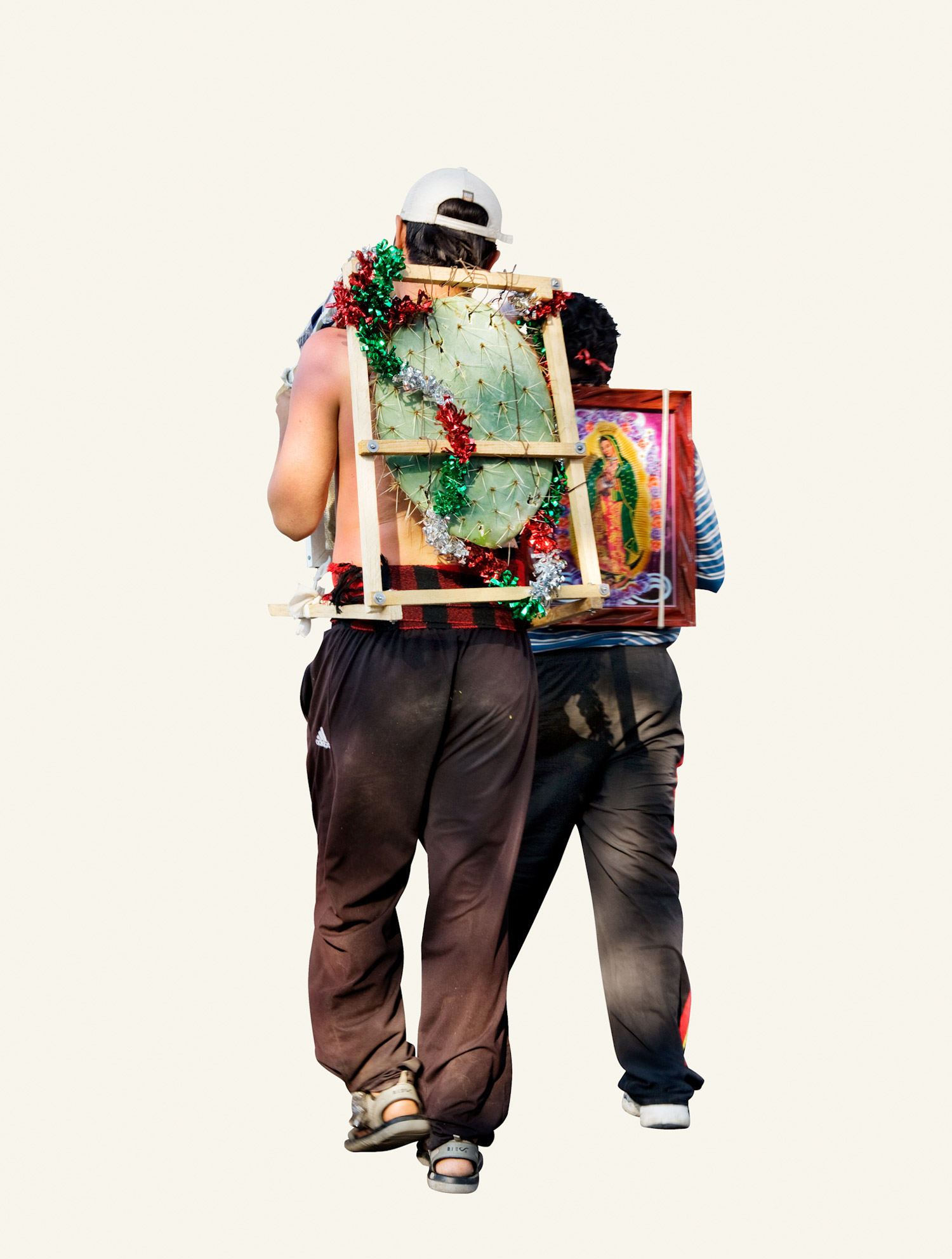

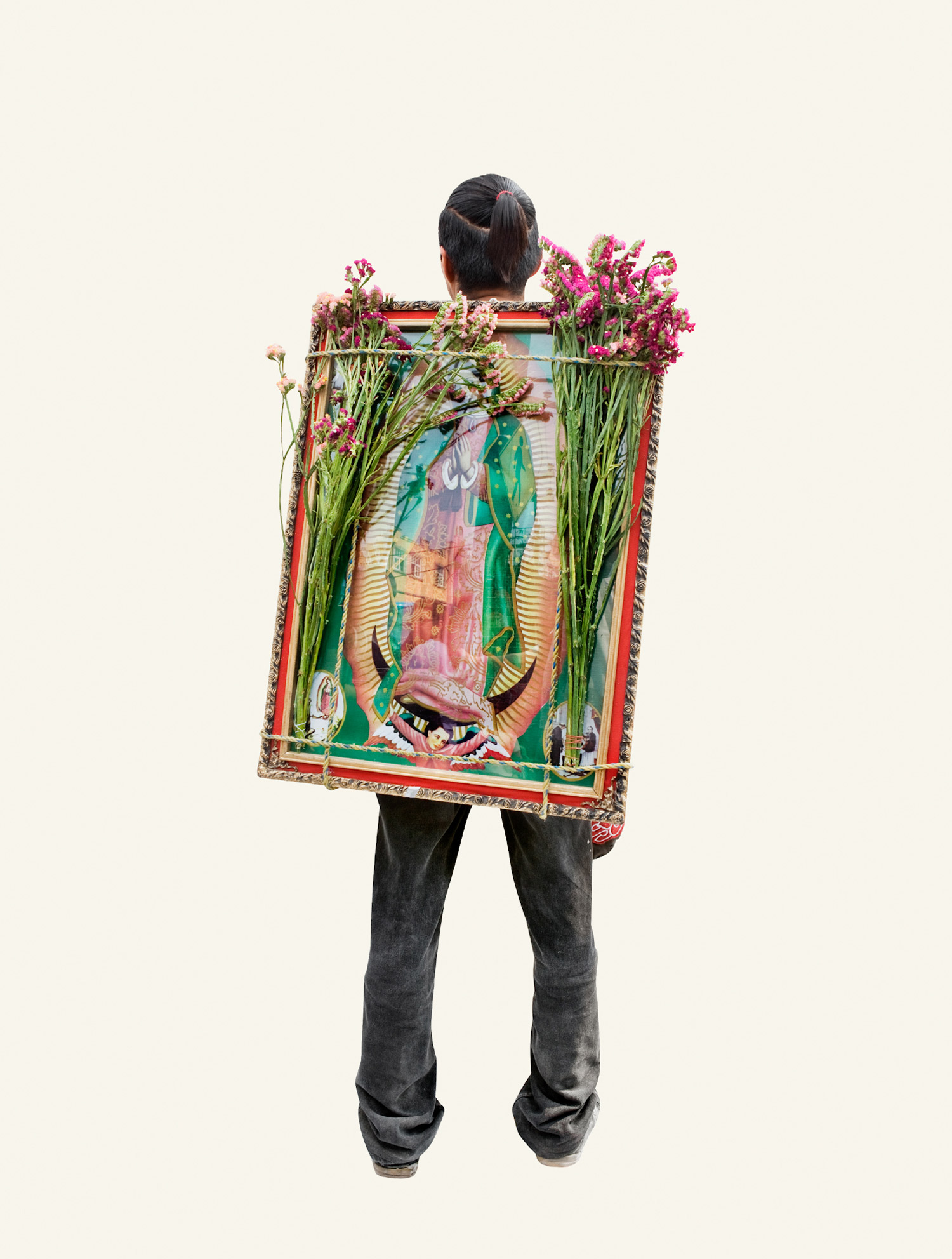
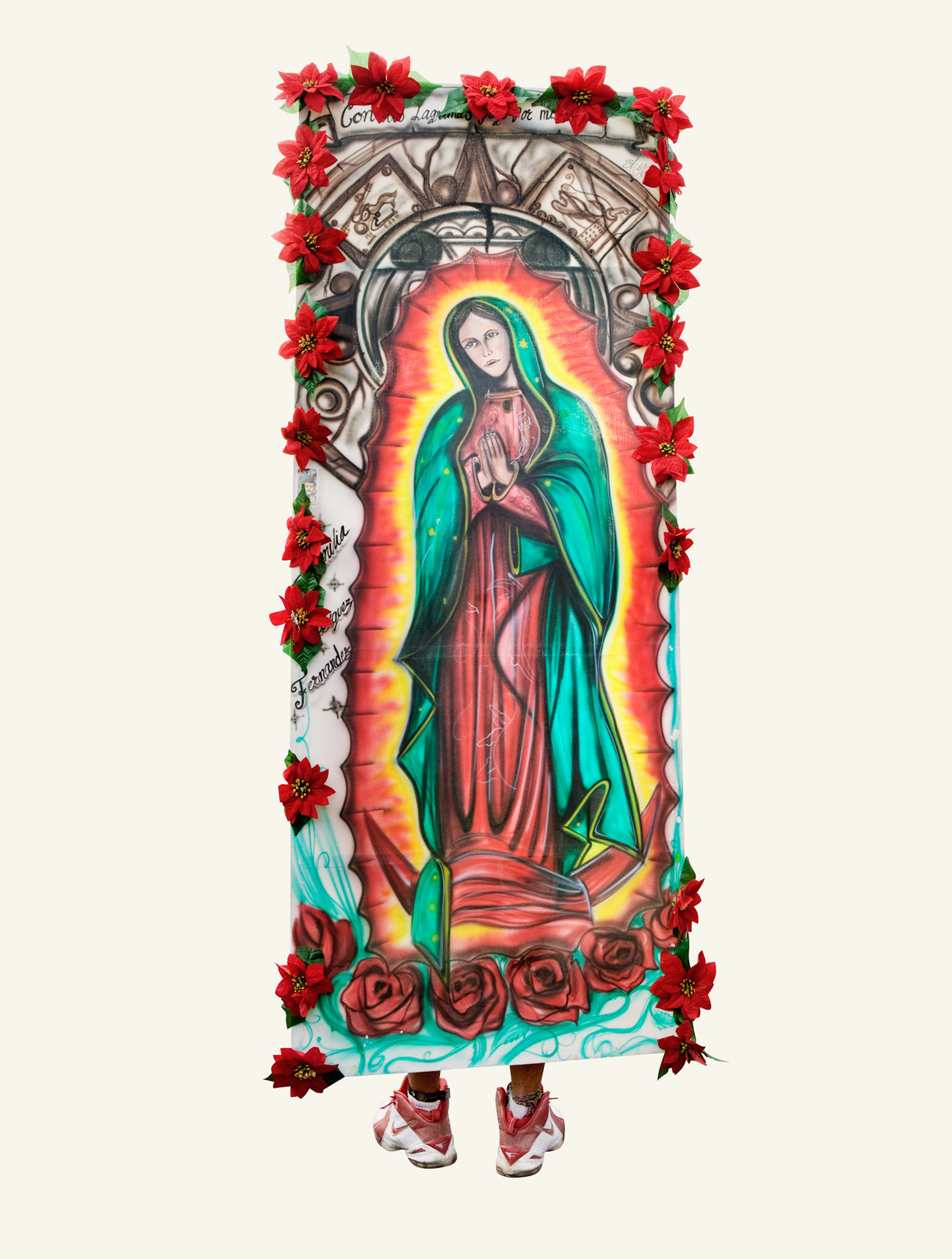
More Must-Reads from TIME
- Donald Trump Is TIME's 2024 Person of the Year
- Why We Chose Trump as Person of the Year
- Is Intermittent Fasting Good or Bad for You?
- The 100 Must-Read Books of 2024
- The 20 Best Christmas TV Episodes
- Column: If Optimism Feels Ridiculous Now, Try Hope
- The Future of Climate Action Is Trade Policy
- Merle Bombardieri Is Helping People Make the Baby Decision
Contact us at letters@time.com